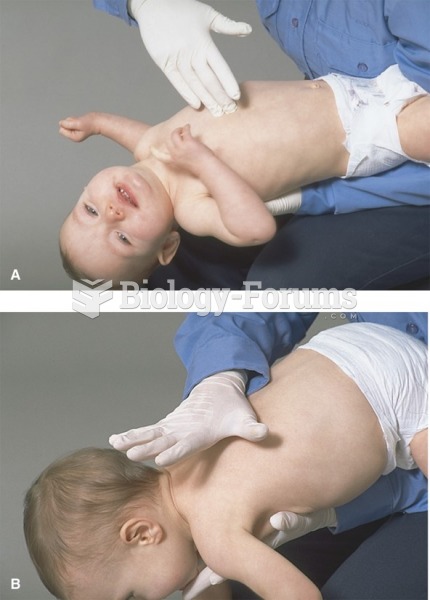|
|
|
Did you know?
The average adult has about 21 square feet of skin.
Did you know?
The term pharmacology is derived from the Greek words pharmakon("claim, medicine, poison, or remedy") and logos ("study").
Did you know?
Human kidneys will clean about 1 million gallons of blood in an average lifetime.
Did you know?
Giardia is one of the most common intestinal parasites worldwide, and infects up to 20% of the world population, mostly in poorer countries with inadequate sanitation. Infections are most common in children, though chronic Giardia is more common in adults.
Did you know?
On average, the stomach produces 2 L of hydrochloric acid per day.







